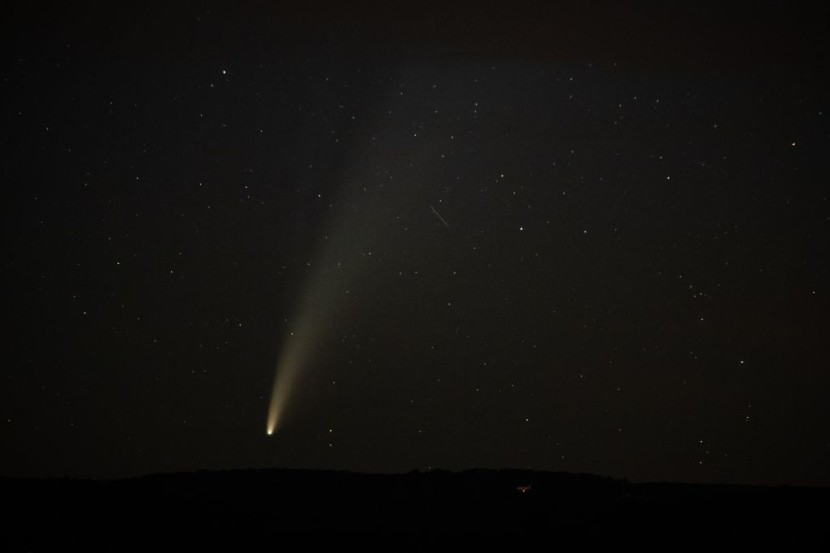
Finally a rendezvous in space to meet two strange interstellar objects out there to get some answers to some significant questions. Scientists now have rudimentary technology enabling the detection of such bodies in deep space; and a chance to encounter more.
Mission To Intercept Interstellar Objects
In the last two years, two interstellar objects, Oumuamua and 2I/Borisov, have been discovered, stirring excitement among researchers, according to NASA.
Organizing an expedition in outer space that will be sent to them once it is detected; by sensors on earth. A group of US scientists is plotting in a draft paper a suggestion for a mission to go out there and further take a closer look to study them. Coined as an interstellar visitor mission because these otherworldly visitors are uncanny. Like Borisov, that acted like a comet when it entered the solar system, but Oumuamua broke the mold due to its eccentric characteristics.
The unknown chunk of rock never got a comet's tail despite such expectations on its natural course. No acceleration or radiative energies came from, while a few dared say it was a probe investigating from higher civilizations, reported Science Alert.
Two Strange Interstellar Objects Detected in Solar System
One way determines what they are is to examine them up close and have a mission designed to catch them in a rendezvous in space.
Vera C Rubin Observatory Legacy Survey of Space and Time (LSST) is capable of sensing 1 to 10 such oddballs as big as Oumuamua each year. The next question is what will be used as a criterion for the two strange interstellar objects.
The paper indicates that the best point is the Earth-Sun L2 Lagrange point of the candidate. Less fuel is used to stay on point and only stays there for a short time. It should act fast when summoned to action, and another L2 resident could aid it.
Among other well-known telescopes like the JWST, NASA's Time-domain Spectroscopic Observatory (TSO) is a 1.5-m telescope located at the L2 Lagrange point.
JWST has a serious flaw, notwithstanding its amazing potential to document staggeringly beautiful images by being slow. It is crucial to monitor ISOs since it may take two to five days to concentrate on one object. TSO, on either hand, takes only a short while.
Another telescope, the suggested Near-Earth Object Surveyor, intended to be positioned at the L1 Lagrange point of the Earth-Moon system, might augment it.
When applied in combination with the TSO, these two faster telescopes ought to be able to capture images of any ISO that arrives in the inner solar system but is not immediately on a route along the L1-L2 base point. When identified, acquiring the ISO will be the next challenge. A few will, regrettably, be beyond grasp from such an orbital mechanics perspective.
However, the researchers determined that there is an 85 percent chance that such an ISI stashed at L2 would be able to find a good object of interest, which is the size of 'Oumuamua, within ten years when the ISO reaches the ISO so it can be observed and checked finally, per Universe Today.
Scientists planned rendezvous in space at a predetermined point to verify, like Oumuamua and 2I/Borisov.
Related Article : Researchers Discovered the First Animals To Develop Primitive Skeleton About 540 Million Years Ago








